-
 The A14 Weekly Option Strategy Workshop$29.00
The A14 Weekly Option Strategy Workshop$29.00$297.00The A14 Weekly Option Strategy WorkshopUpdate 29 Jun 2022All LevelsHosted by Amy Meissner, The A14 Weekly Option Strategy Workshop provides you with a short-term, high reward options trading strategy that can be used in any market environment. No matter what the size of your account, be it small or big, you can benefit from a clear set of rules for entering data and making adjustments listed in this course.
Add to wishlist -
 Al Trading Course Price Action Brooks – Brooks Trading Course$39.00
Al Trading Course Price Action Brooks – Brooks Trading Course$39.00$397.00Al Trading Course Price Action Brooks – Brooks Trading CourseUpdate 28 Jun 2022This is the most comprehensive course on price action trading available. Filled with concepts not found elsewhere, you will learn a wide range of trading strategies applied to Emini, Forex, Futures, Commodities (gold and crude oil), Stocks, and Options.
Add to wishlist -
 SJG Trading: Butterflies Class – Aeromir – Steve Ganz$50.00
SJG Trading: Butterflies Class – Aeromir – Steve Ganz$50.00$497.00SJG Trading: Butterflies Class – Aeromir – Steve GanzUpdate 14 Jul 2022SJG Trading: Butterflies Class by Aeromir teaches you how to trade butterflies with potential adjustments and why Steve Ganz chooses his specific adjustments.
Add to wishlist -
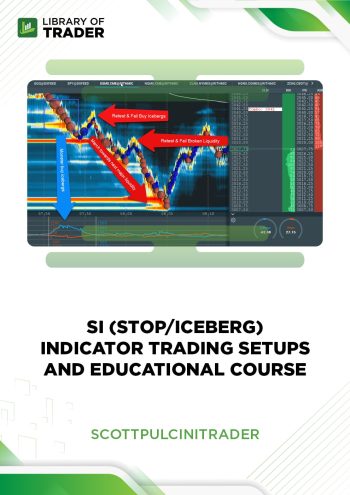 SI (STOP/ICEBERG) Indicator Trading Setups and Educational Course – Scottpulcinitrader$86.00SI (STOP/ICEBERG) Indicator Trading Setups and Educational Course – ScottpulcinitraderUpdate 29 Jun 2022All Levels
SI (STOP/ICEBERG) Indicator Trading Setups and Educational Course – Scottpulcinitrader$86.00SI (STOP/ICEBERG) Indicator Trading Setups and Educational Course – ScottpulcinitraderUpdate 29 Jun 2022All LevelsSI (STOP/ICEBERG) Indicator Trading Setups and Educational Course provides you with five very clear & precise trade setups Scott uses on daily basis to avoid bad trades and become a profitable trader.
Add to wishlist -
 The Better Butterfly Course$49.00
The Better Butterfly Course$49.00$497.00The Better Butterfly CourseUpdate 13 Jul 2022All LevelsGet to know more about butterfly spread and its application when it comes to options trading with The Better Butterfly Tradingology – Options Trading Course.
Add to wishlist -
 Professional Trading Masterclass (PTM) Video Series 2.0 – ITPM$164.00
Professional Trading Masterclass (PTM) Video Series 2.0 – ITPM$164.00$1,497.00Professional Trading Masterclass (PTM) Video Series 2.0 – ITPMUpdate 29 Jun 2022Professional Trading Masterclass (PTM) Video Series 2.0 gives you a look inside the mind of top traders to learn what they do to earn the top-out profits. With this course, you can equip yourself with proven tips and profitable trading tools to maximize your profits like a pro!
Add to wishlist -
 Futures Trading and Trader Development – Axia Futures$29.97
Futures Trading and Trader Development – Axia Futures$29.97$1,100.00Futures Trading and Trader Development – Axia FuturesUpdate 28 Jun 2022The Axia Futures’ Futures Trading and Trader Development course helps you set yourself apart from the rest of the pack. With this course, you can clean up your trading act while developing yourself into an experienced futures trader.
Add to wishlist -
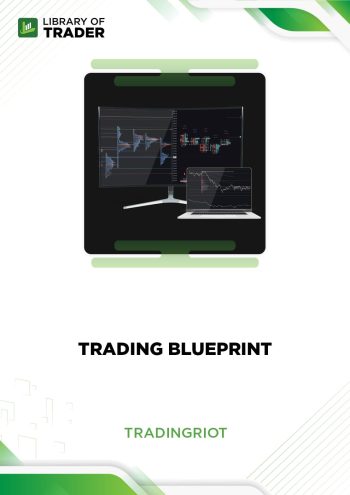 Trading Blueprint – Tradingriot$21.00
Trading Blueprint – Tradingriot$21.00$199.00Trading Blueprint – TradingriotUpdate 28 Oct 2022Trading Blueprint gives you trading tools to compare deals across multiple online brokerages. You will know when you’re getting the best price on the stock you want. By focusing on just a few factors (volume, market capitalization, and PE ratio) Trading Blueprint will help crypto investors select which currencies to trade and at what prices they should buy or sell.
Add to wishlist -
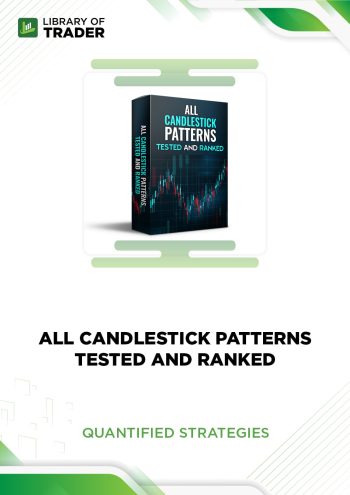 Quantified Strategies – All Candlestick Patterns Tested And Ranked$30.00
Quantified Strategies – All Candlestick Patterns Tested And Ranked$30.00$299.00Quantified Strategies – All Candlestick Patterns Tested And RankedUpdate 19 Oct 2022This All Candlestick Patterns Tested And Ranked candlestick analysis course by Quantified Strategies provides a rational and data-driven argument for why particular patterns are trustworthy setups for traders.
Add to wishlist -
 Global Macro Pro Trading Course – Fotis Trading Academy$14.99
Global Macro Pro Trading Course – Fotis Trading Academy$14.99$397.00Global Macro Pro Trading Course – Fotis Trading AcademyUpdate 01 Jul 2022AdvancedStart investing in perfecting your knowledge and acquiring the wealth you deserve with Global Macro Pro Trading Course by Fotis Trading Academy.
Add to wishlist -
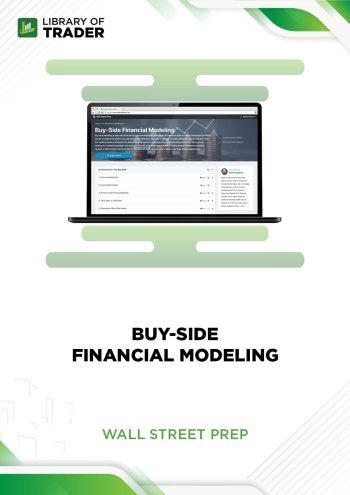 Buy-Side Financial Modeling – Wall Street Prep$40.00
Buy-Side Financial Modeling – Wall Street Prep$40.00$399.00Buy-Side Financial Modeling – Wall Street PrepUpdate 02 Jun 2024This course, led by an experienced hedge fund professional, offers real case studies, Excel models, and direct instructor support.
Add to wishlist -
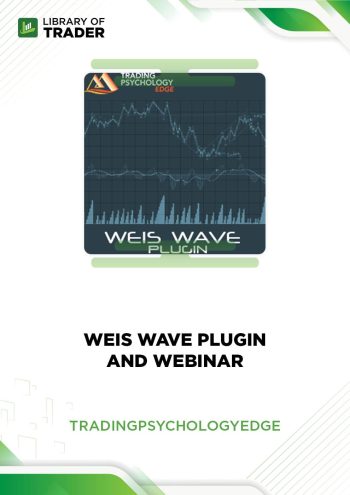 Weis Wave Plugin and Webinar – Trading Psychology Edge$50.00Weis Wave Plugin and Webinar – Trading Psychology EdgeUpdate 21 Sep 2022All Levels
Weis Wave Plugin and Webinar – Trading Psychology Edge$50.00Weis Wave Plugin and Webinar – Trading Psychology EdgeUpdate 21 Sep 2022All LevelsWeis Wave Plugin and Webinar by Trading Psychology Edge entails the best practices of the Weis Wave plugin to determine optimal trades. So, you can earn high profits without undertaking high risks.
Add to wishlist
TOP PRODUCTS
FAQ ABOUT Technical Analysis
Technical analysis is a trading discipline that uses statistical trends derived from trading activity, such as price movement and volume, to analyze investments and uncover trading opportunities. In contrast to technical analysis, fundamental analysis focuses on a company’s financials rather than previous price patterns or stock movements.
Technical analysis methods are used to examine how supply and demand for a securities affect price, volume, and implied volatility variations. It is based on the concept that a security’s historical trading activity and price fluctuations can be useful indications of the security’s future price movements when combined with proper investment or trading guidelines.
It is frequently used to produce short-term trading signals from various charting tools, but it may also aid in determining a security’s strength or weakness in relation to the larger market or one of its sectors. This data assists analysts in improving their overall valuation estimate.
Technical Analysis is the study of stock market movements, including the formation and movement of trends. Traders who specialize in technical analysis are known as “technical traders.” They use a variety of tools to analyze market data and predict how prices will move. This can include looking at historical price movement, analyzing chart patterns and indicators, or using mathematical models to determine when a stock might reach its target price.
Technical traders are responsible for making decisions based on their analysis of market data and trends. They may also play an active role in trading strategies and determining which stocks or options to buy or sell.
For Technical Analysis Trader jobs, the most frequently searched job titles are:
- Trader
- Real Time Energy Trader
- Programmatic Trader
- Quantitative Trader
- Equity Trader
- Quant Trader
- Proprietary Trader
- Stock Trader
- Options Trader
- Sport Trader
The answer is just simple: Just jump into it! Technical analysis is the study of charts and patterns, but can also include aspects of behavioral economics and risk management. Novice traders can turn to books and online courses to learn about technical analysis.
Technical analysis is all about charts and patterns. It’s the study of market behavior that can be used to predict future price movements based on past data.
Technical analysis can help you make informed decisions about what to buy and sell, but it’s not an exact science. You’ll need to do your own research, learn from other traders, and test out strategies yourself before you know if technical analysis is right for you.
Technical analysis is a discipline used in trading and financial professions to evaluate investments and analyze the risk of trading possibilities. Technical analysis frequently aims to analyze historical financial conditions to create accurate forecasts about the future of finance, the stock market, and the economy. To analyzing investing and trading decisions, traders should learn more about these basic related terms:
- Stock market statistics from the past
- Economic psychology
- Psychology of the market
- Trends in price and volume
- Inflation
- Gain more profits: Technical analysis may frequently lead to informed trading selections and recommend assets that are most likely to yield the highest return. This allows traders and investors to make more money.
- Better manage trading risks: Technical analysis is often used to discover assets with the lowest chance of financial loss by utilizing a number of elements such as market history and risk assessment. This risk evaluation may assist firms win support from stockholders and potential investors, in addition to sparing individual traders and organizations from losing a return on investment.
- Better strategize work-flow in trading: To provide influential information about trades and investments, technical analysis takes into account a wide variety of parameters. This strategy can help independent traders and businesses arrange their complicated stock market holdings. The more ordered a portfolio, the better traders and businesses can comprehend their financial decisions.
Many individuals enroll in online trading courses with the erroneous belief that they must have prior trading experience or extensive market knowledge. Nothing could be further from the truth. All you need is an open mind and an optimistic mindset.
Free courses about technical analysis are available in many popular sources, such as: Udemy, edX, Tradimo, Nifty Trading Academy, Library of Trader, etc.
- Wyckoff Trading Practicum Course (Fall 2019) – Wyckoff Analytics: The trade route Wyckoff Trading Practicum Course (Fall 2019) by Wyckoff Analytics focuses on Wyckoff Method examination of stock charts as they evolve over time. True proficiency in the Wyckoff Method (or anything else) comes through diligent practice. As a result, the Wyckoff Trading Practicum Course (Fall 2019) provides people with several opportunities to use and enhance their visual pattern detection and trade management skills utilizing Wyckoff trading tactics.
- Dynamic Technical Analysis – Philippe Cahen: Dynamic Technical Analysis (DTA) is an intriguing new variation on the well-known Technical Analysis technique (TA). The charts used in TA have long been used as a successful timing tool, allowing the speculator to identify moments of considerable price movement and pinpoint price-influencing events. When entering or exiting a market, the much-discussed new technique of DTA instills greater trust in market players than TA. Overall, Dynamic Technical Analysis teaches the reader how to apply technical analysis efficiently.
- Fundamental Analysis – Investopedia Academy: Investopedia Academy’s Fundamental Analysis illuminates how to conduct and obtain insights into the stock market in order to construct highly successful strategies and tactics. Fundamental Analysis by Investopedia Academy covers a wide variety of topics so that you may have a solid foundation of technical analysis to have an intimate grasp of market trends and movements. As a result, you can identify transactions and their potential for significant gains before placing them.
- Fours Step To Trading Economic Indicators – Tradeonomics: Tradeonomics’ Four Steps To Trading Economic Indicators is the light bulb that leads you to open your eyes wider to view the complete trading picture. This course intends to teach new traders how to use fundamental analysis in their trading strategy, as well as to help experienced traders develop and rectify their understanding of economic factors in trading.
- Technical Analysis Bundle – Investopedia Academy: With this collection of online, on-demand courses and materials, you may learn to employ the powerful tools of Technical Analysis in your trading strategy. This package includes two courses from Investopedia Academy: Basic Technical Analysis and Advanced Technical Analysis. Each course is taught by a subject matter expert who explains the most complex topics so that everyone may understand and use them straight away. All good trading decisions start with a strong foundation in this course. Learning to utilize technical analysis by focusing on charts can assist you in identifying trading opportunities.






